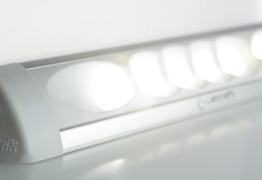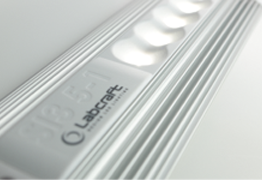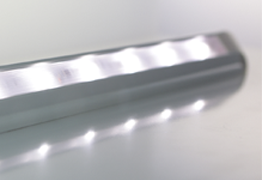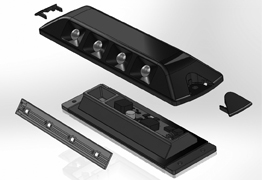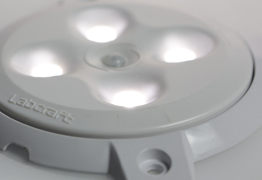Do you know your Lumens?
Understanding key lighting terminology, technologies and associated components is vital to helping you make the best lighting choice for your business. All too often the pitfalls of LED products don’t reveal themselves until it’s too late and the damage is already done. It takes a particularly poor LED or poorly designed product to show issues at first glance; so what can you do to minimise this risk? A little knowledge can go a long way in helping you evaluate the choices that are on offer to you, avoiding application issues arising later on.
The lumens is the SI unit of measurement for luminous flux; this is a measurement of the visible light radiated from a light source such as an LED, or light bulb.
Lux is the SI unit of measurement for illuminance; think of this as the intensity of light at a surface or point in space. There are health and safety guidelines for lux levels that should be provided in offices, warehouses, ambulances etc.; in short any place of work, including the back of a vehicle.
There is a relationship between lux and lumens that 1 lumen = 1 lux per square metre. Therefore, if an LED radiated 1 lumen of light and you could distribute that light with an even intensity over a 1m² area, wherever you took a lux reading on that surface you would measure 1 lux.
LED manufacturers will quote the lumen output for their devices; these are known as ‘raw’ lumens and are what most people quote for their lights. Once the LED is encased in an enclosure, various parameters will affect the lumens being produced such as temperature, efficiency of secondary optics and reflectors and drive current. The only way to really tell which finished product radiates the most lumens is to conduct a lab test where the lights are placed in an integrating sphere where the resultant lumens can be calculated. These resultant lumens are known as ‘effective’ lumens. The quicker, cheaper way to ascertain which finished product provides more light is to use a lux metre and measure the lux readings at set points on the floor or working plane.
Lux readings should be taken at multiple points to build up a general idea of the light dispersion as the two products will probably distribute their lumens differently. If they both had 100 lumen LEDs in them but one light produced a focused ‘spot’ beam then the lux immediately beneath would measure more than the ‘flood’ beam version as the flood version would be spreading its lumens over a larger area.
Lux levels will generally only apply to the very environment where they are measured. This is because once the light waves have left the light they will then be affected by the next points of incidence in the environment such as the reflective properties of walls and floors, and obstacles in its path. For example, if you took a lux reading in two identical sized rooms with the same wattage light bulb hanging from the ceiling; one room painted in matt black and the other in gloss white, the black walls would absorb some of the light before it reached the ground whereas the white walls would reflect a lot of the light.
About Labcraft
Labcraft are industry leaders in the field of LED Commercial Vehicle lighting for trailers, trucks and vans, and for the Emergency Vehicle sector. Labcraft design and manufacture in the UK a range of high-quality LED lighting products with distinctive design features. Labcraft lighting solutions have proven to improve safety and reduce vehicle lifetime costs.






